Government Policies and Incentives
Supportive government policies and incentives are pivotal in driving the Ethanol Market forward. Many countries are implementing regulations that promote the use of biofuels, including ethanol, as part of their energy strategies. For example, mandates for blending ethanol with gasoline are becoming increasingly common, which directly boosts the consumption of ethanol. In 2025, it is estimated that over 30 countries will have established such mandates, significantly impacting the market dynamics. These policies not only encourage the production of ethanol but also stimulate investments in research and development, further propelling the Ethanol Market.
Rising Demand for Renewable Energy
The Ethanol Market is experiencing a notable increase in demand for renewable energy sources. This trend is driven by a growing awareness of climate change and the need to reduce greenhouse gas emissions. Ethanol Market, as a biofuel, offers a cleaner alternative to fossil fuels, which aligns with the global shift towards sustainability. In 2025, the demand for ethanol is projected to reach approximately 120 billion liters, reflecting a compound annual growth rate of around 5%. This rising demand is likely to encourage investments in ethanol production facilities, thereby enhancing the overall capacity of the Ethanol Market.
Expansion of Ethanol Infrastructure
The expansion of ethanol infrastructure is a critical driver for the Ethanol Market. Investments in distribution networks, storage facilities, and fueling stations are essential to support the growing demand for ethanol. In recent years, several countries have initiated projects to enhance their ethanol infrastructure, facilitating easier access for consumers and businesses alike. This expansion is expected to increase the availability of ethanol-blended fuels, thereby encouraging higher consumption rates. By 2025, it is projected that the number of fueling stations offering ethanol blends will increase by approximately 15%, significantly impacting the Ethanol Market.
Advancements in Production Technologies
Technological innovations are playing a crucial role in shaping the Ethanol Market. Recent advancements in production technologies, such as improved fermentation processes and enzyme applications, have significantly increased the efficiency of ethanol production. These innovations not only reduce production costs but also enhance the yield of ethanol from various feedstocks. For instance, the adoption of cellulosic ethanol production methods is expected to expand the range of raw materials used, thereby diversifying the supply chain. As a result, the Ethanol Market is likely to witness a surge in production capabilities, meeting the growing demand for renewable fuels.
Increasing Consumer Awareness of Environmental Issues
Consumer awareness regarding environmental issues is influencing the Ethanol Market in profound ways. As individuals become more conscious of their carbon footprints, there is a growing preference for products that contribute to sustainability. Ethanol Market, being a renewable fuel, is perceived as a viable solution to mitigate environmental impacts associated with traditional fossil fuels. This shift in consumer behavior is likely to drive demand for ethanol-blended fuels, thereby enhancing market growth. In 2025, it is anticipated that consumer demand for eco-friendly products will continue to rise, further solidifying the position of the Ethanol Market.
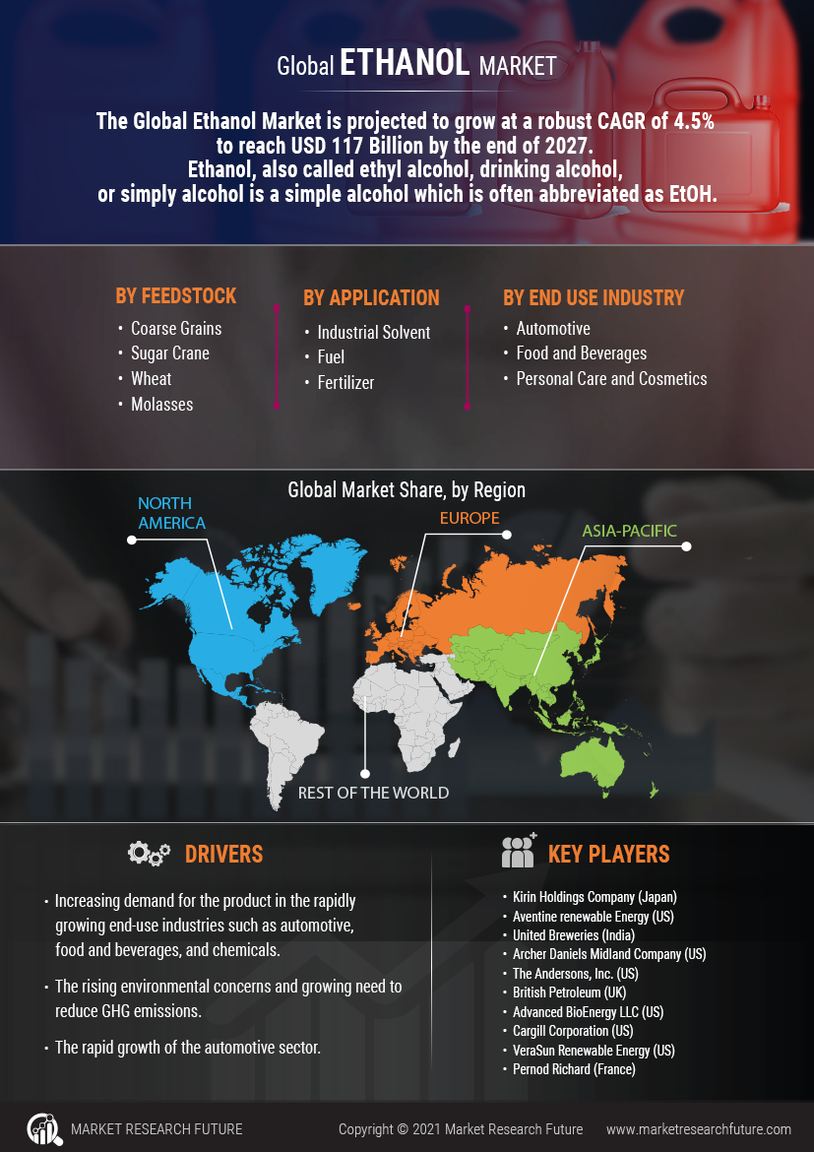

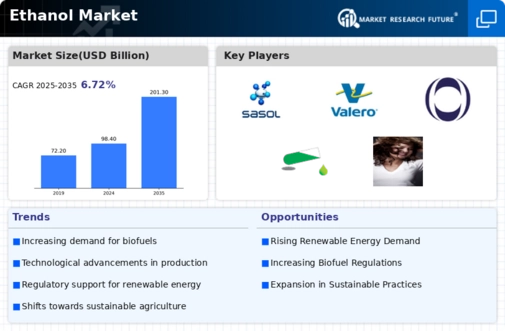
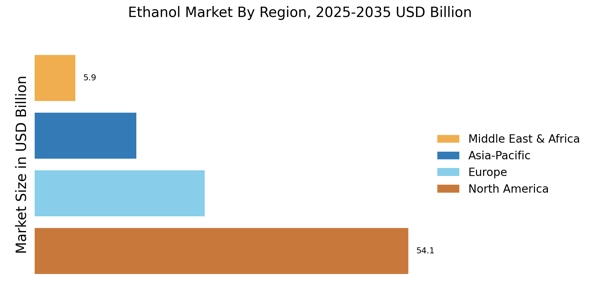
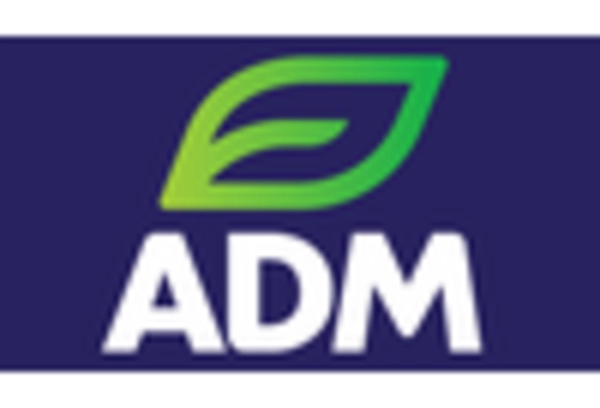
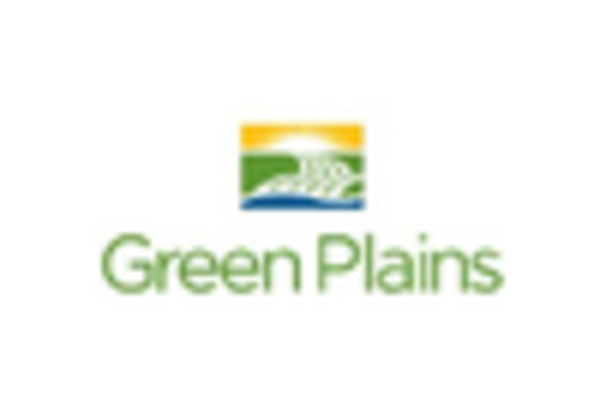
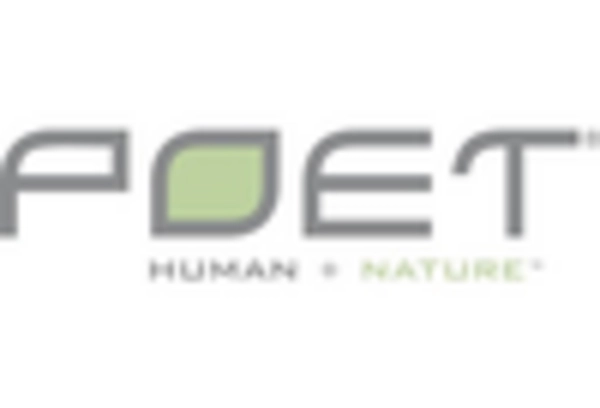
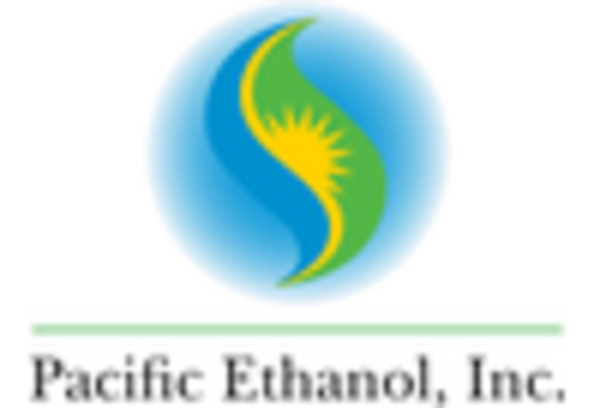










Leave a Comment